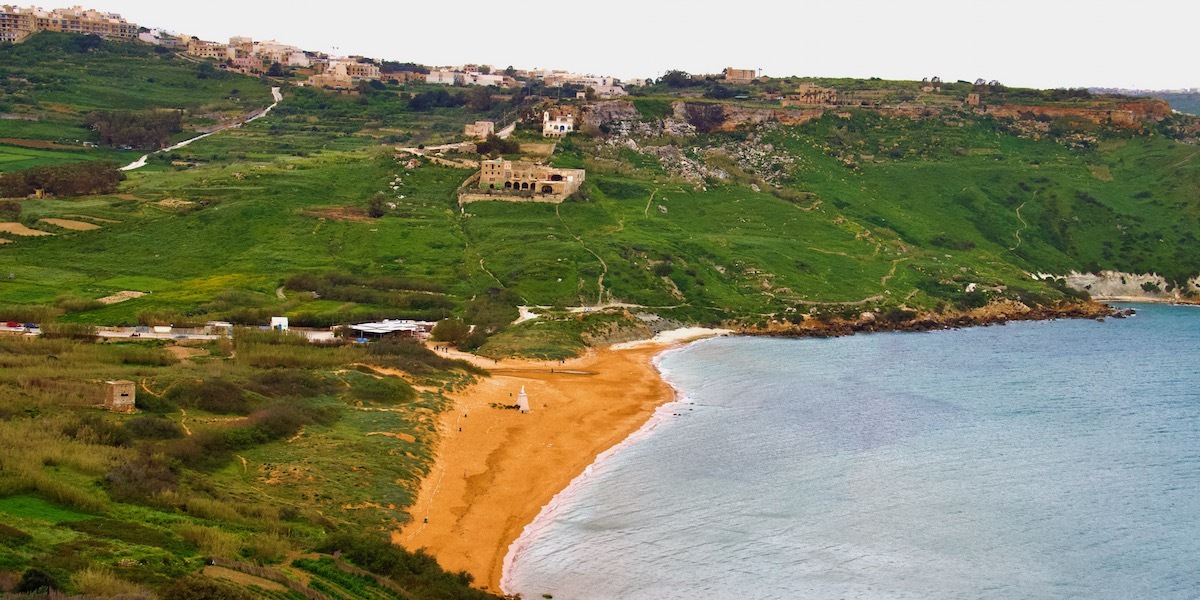
The islands of Malta and Gozo provide two very different experiences. Gozo was the first of these two islands to be settled and therefore the most historic. These earliest settlers came from Sicily and would have reached Gozo first. Today regular ferries make their way across the Mediterranean Sea from two ports on Malta, the vehicle ferry from Ċirkewwa and Valletta. Arriving in Gozo visitors have several choices regarding travel around the island including public transport, taxi and hire car. But the most exciting conveyance is the tuk tuk – my personal choice.
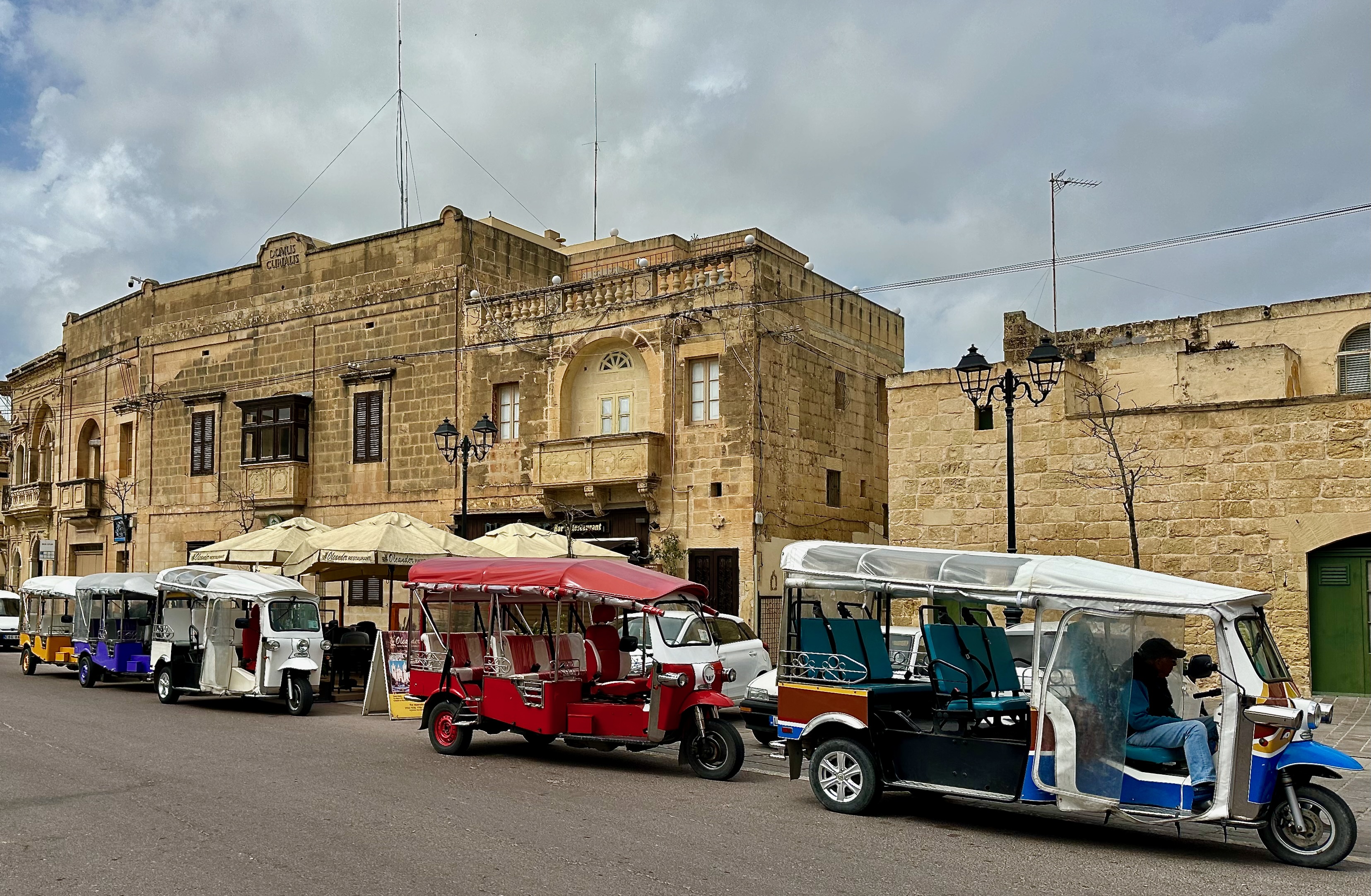
h3.The Road to Qala in Gozo, Malta
We set off from Mġarr Harbour and made our way towards Qala. There is a viewing terrace on the outskirts of this village. From here we could see the other two islands in the Maltese archipelago, Malta and Comino. Malta is the largest island and the administrative centre. Gozo is the second largest and a centre for fishing and agriculture as well as tourism. Comino, the smallest is mostly uninhabited and has just one hotel. From this viewpoint we carried on to the village of Xagħra, famous as the site of the Ġgantija Temples.
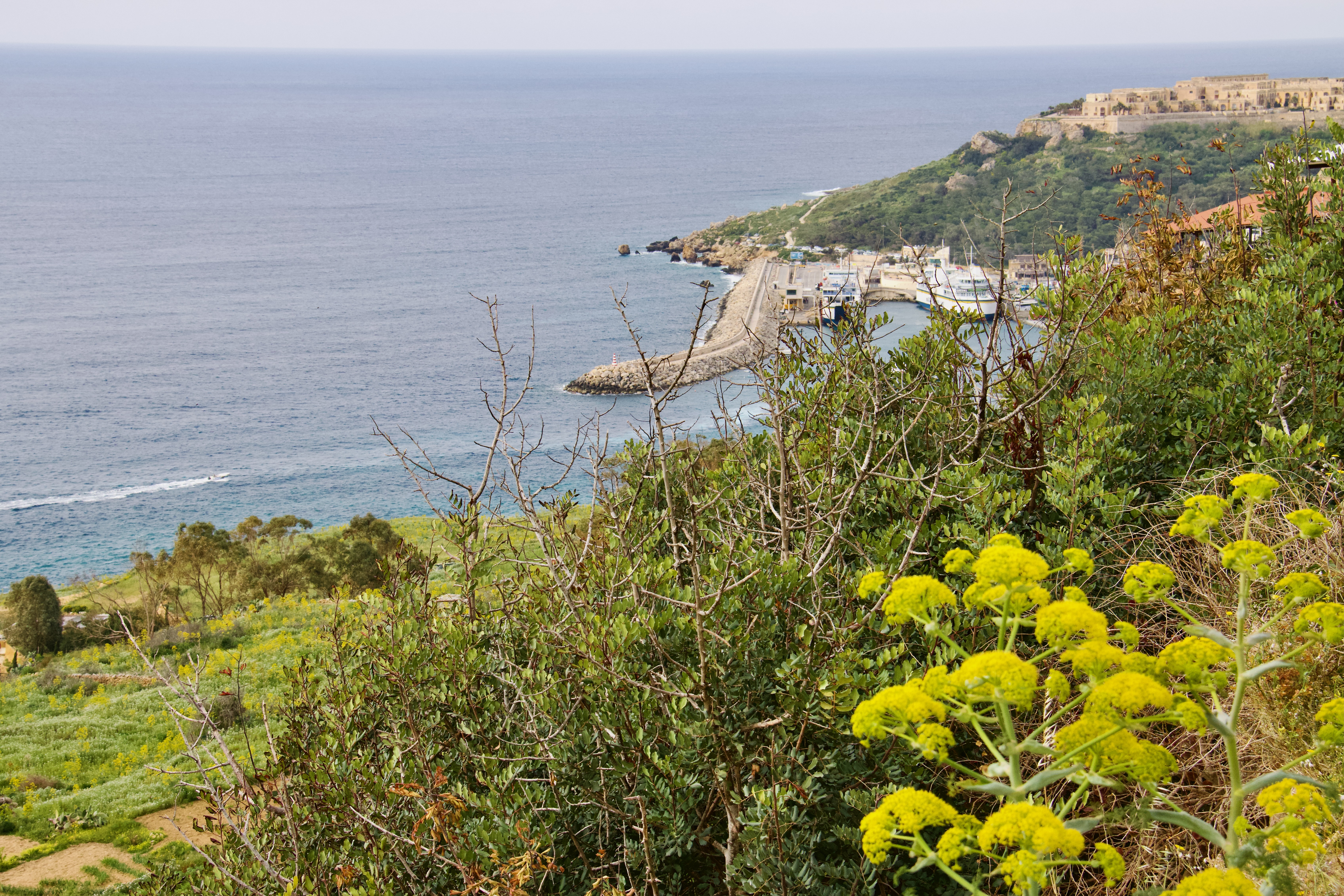
The Ġgantija Temples at Xagħra in Gozo, Malta
Walking through Xagħra to the ruins of the Ġgantija Temples I passed the Ta’ Kola Windmill. This windmill was built in 1725 and is a typical windmill of Gozo. It was a working windmill until 1987 when the last miller died. Since then the windmill has been restored and a small museum was set up in the miller’s rooms. When the wind was in the right direction for the sails to turn the miller would blow through a triton shell so the villagers would know they could bring their grain there to be ground into flour. The heavy millstones are still in place and a collection of historic tools is on display in the old workshop. Traditional furniture and Gozitan crafts have been used to recreate the living quarters of the miller and his family on the first floor.
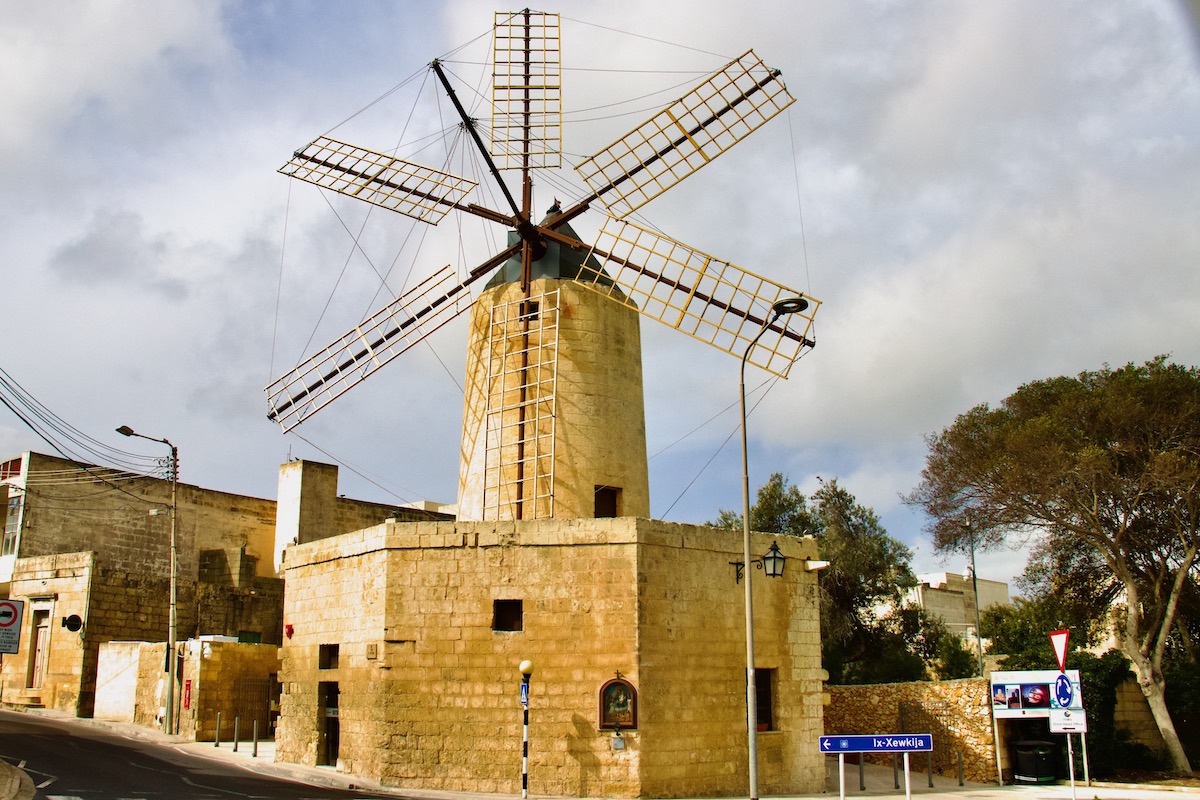
I entered the site of the Ġgantija Temples through the Visitor Centre where I found lots of information about the temples as well as some interesting souvenirs. Once through the visitor centre I was free to roam the UNESCO World Heritage Site where the Neolithic limestone temples, older than Stonehenge and the Egyptian pyramids once stood tall. The name of the temples comes from the Maltese word for giant as it was a common belief that such huge structures could only have been built by giants. As it was a lovely sunny day it was pleasurable strolling amongst the remains of the two temples reading about them on the information boards. I was also enjoying a fabulous display of wild flowers in the grassy areas amongst the ruins. After exploring the ruins, I make my way back to Qala for a welcome coffee break in Victoria Square.
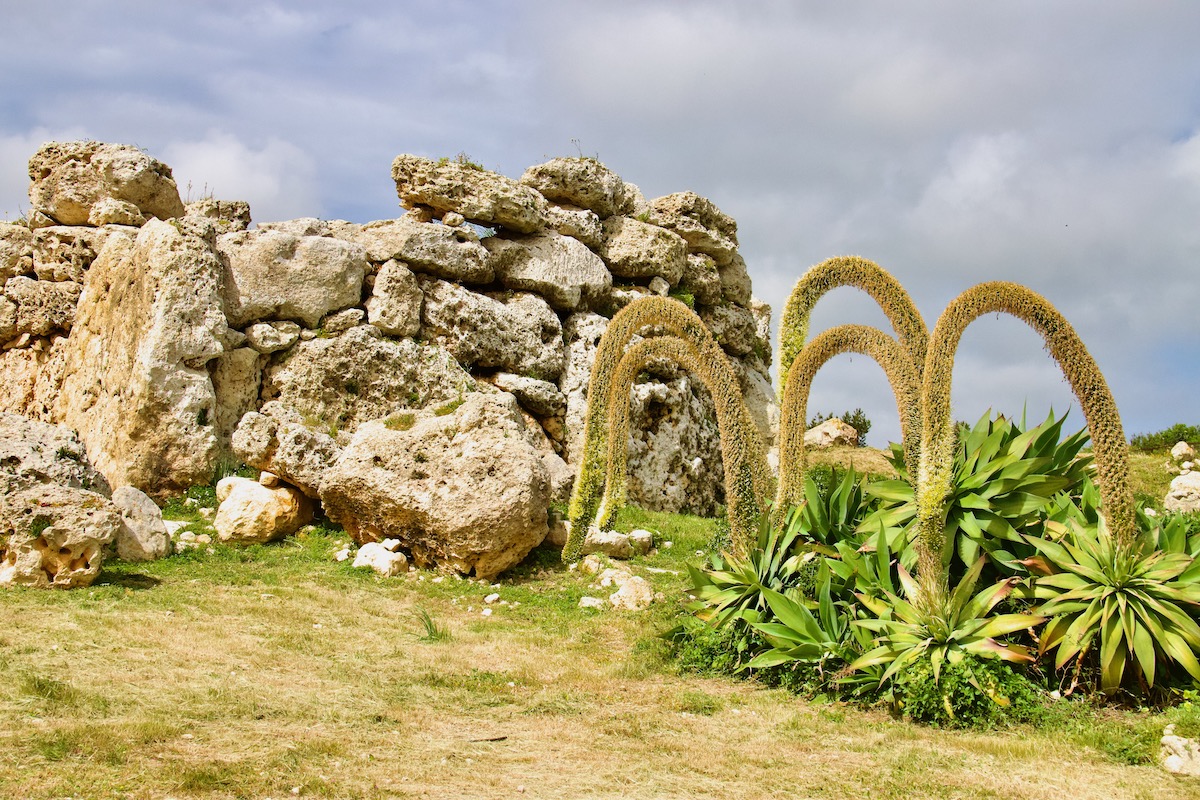
Victoria Square in Qala in Gozo, Malta
Standing guard over Victoria Square in Qala is the parish church of St Joseph, one of many magnificent churches on the island. It was built between 1882 and 1889 and like many churched in Gozo the style is Baroque and features an elaborate interior.
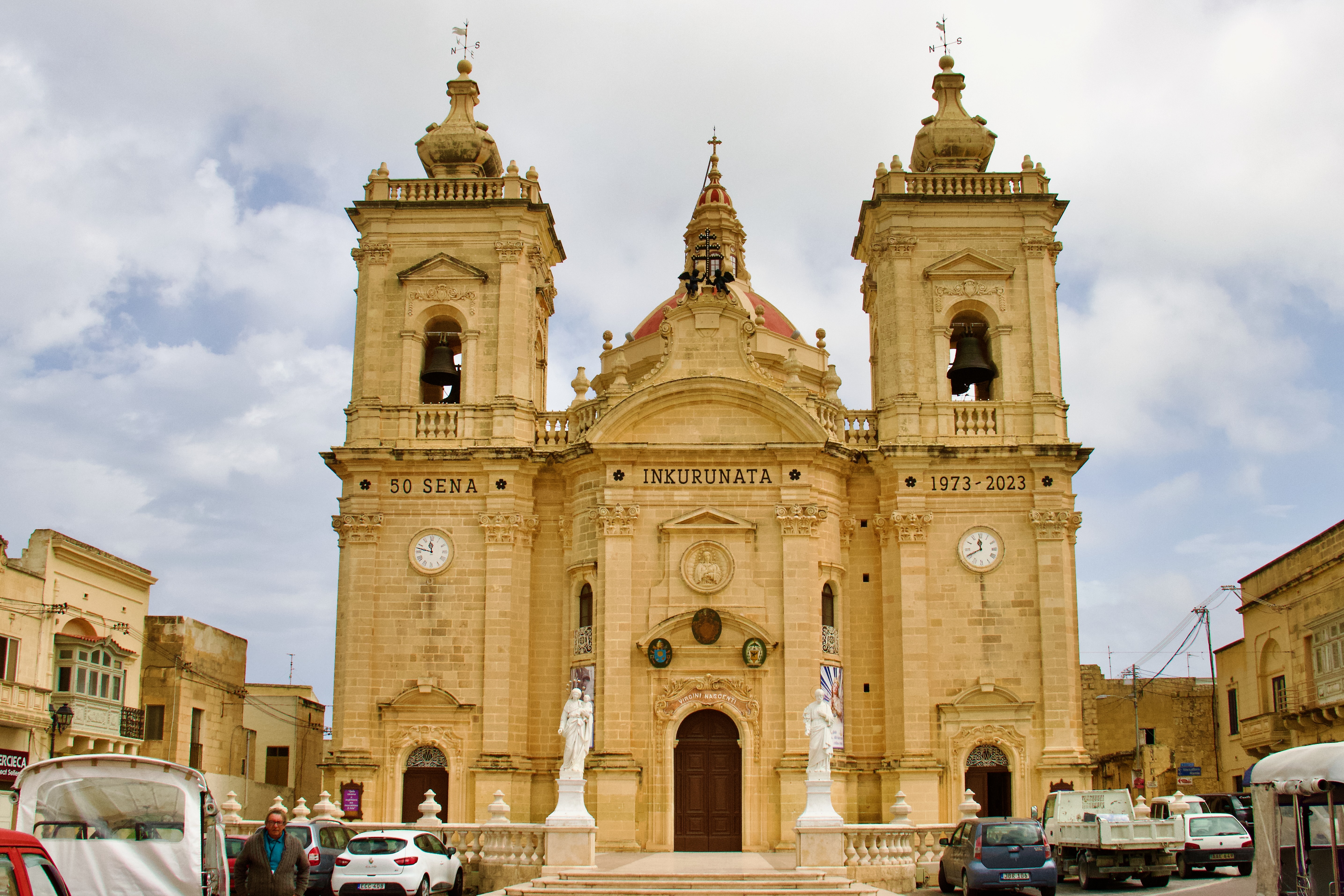
While gazing at the bell towers of this church I was surprised to see some movement beside the massive bell. A few minutes later the bells started tolling – each one being rung manually by a man standing next to it. The bells were still pealing when I left the square twenty minutes later and set off for another hightlight of my Gozo tour, Tal Mixta Cave.
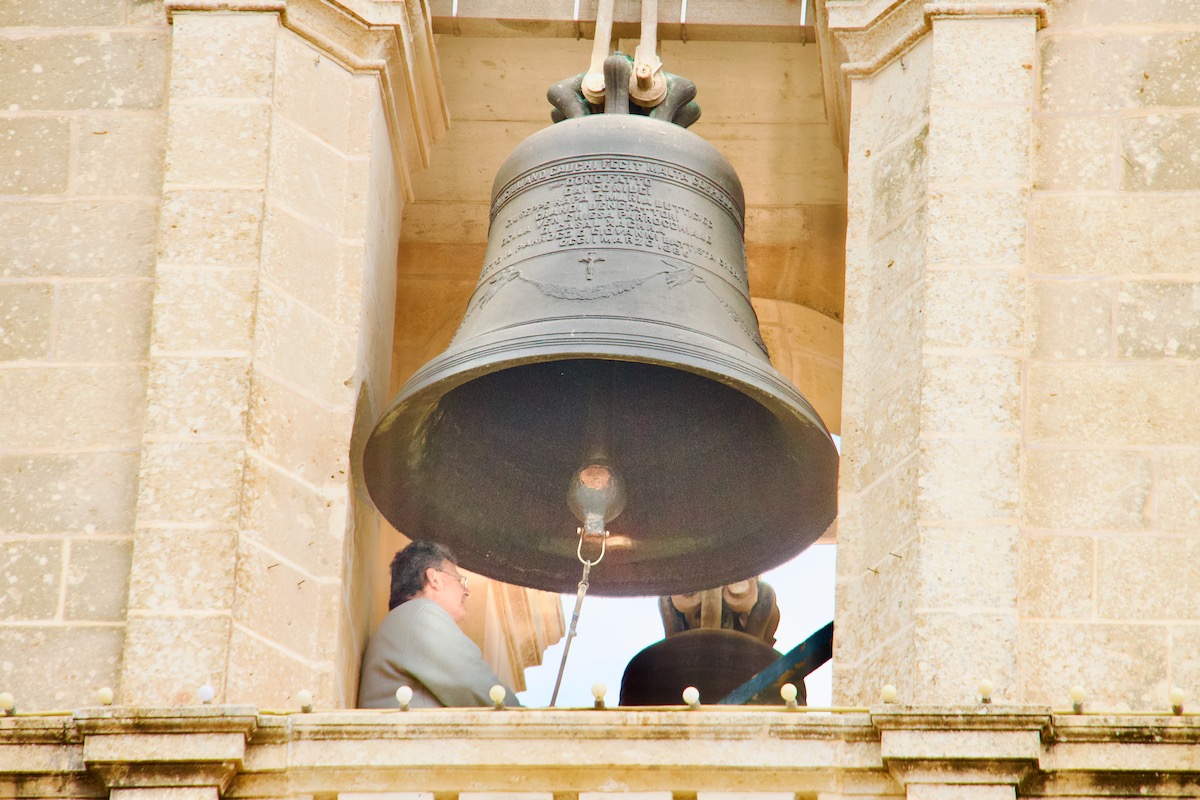
Tal Mixta Cave on Gozo in Malta
Vehicles can only drive to a certain point along the rough road that leads to the entrance of the Tal Mixta Cave, also known as Odysseus Cave. At this point a notice encourages visitors to Walk on Foot. On reaching the narrow entrance to the cave I have to make my way down some steep steps. One side of the large interior of this cave is open and I have a good view of the golden beach in Rambla Bay. Behind the beach is the rolling green landscape typical of Gozo. I stay for a while drinking in the panorama before me before moving on to the Cittadella (Citadel) in Victoria (also known as Rabat) the capital of Gozo.
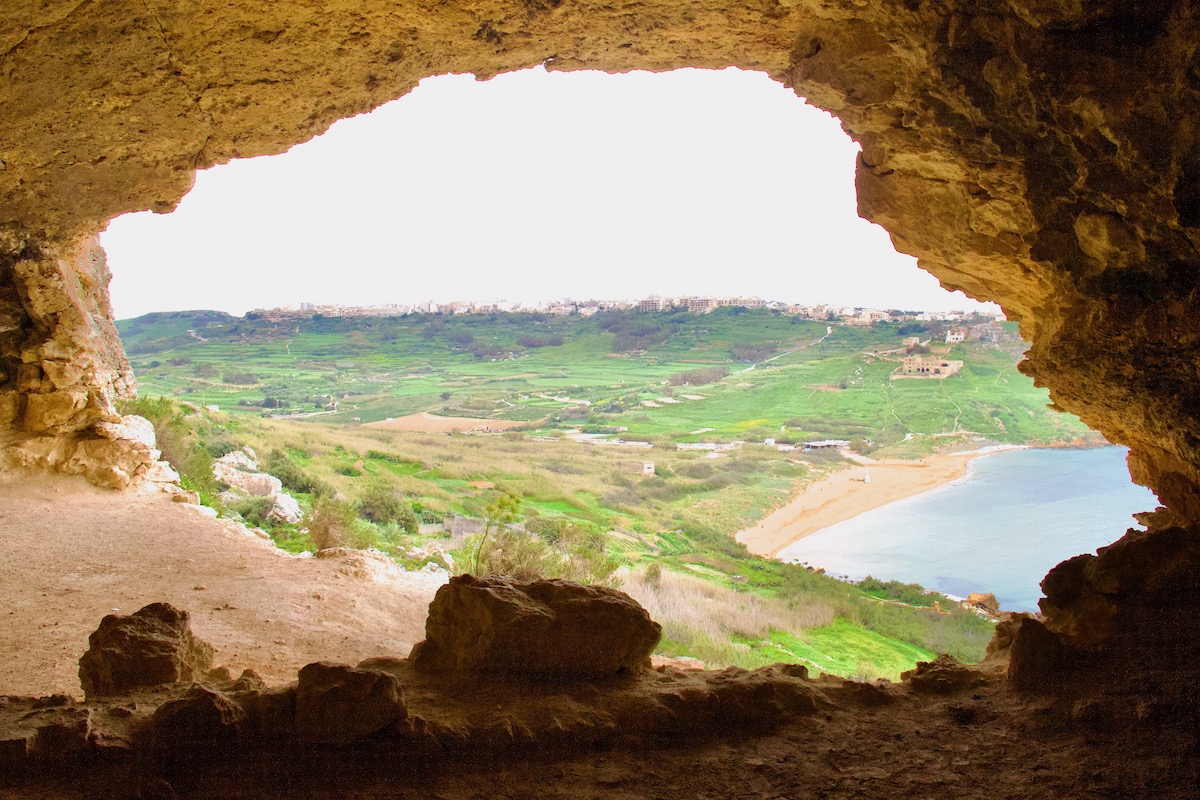
The Citadel in Victoria, Gozo in Malta
t is said all roads in Gozo lead to Rabat and also to the Citadel, a city within a city, that stands proud its elevated site. This magnificent complex has stood here since the late medieval era serving as a sanctuary when the island has been under attack from Barbary Corsairs and Saracens. After the Great Siege of 1565 the Knights strengthened the citadel to withstand further attack. A law requiring all Gozitan citizens to spend each night within the citadel remained in force until 1637. It was after this restriction was lifted that a settlement developed outside the walls of the citadel and the town of Rabat (now known as Victoria) was created.
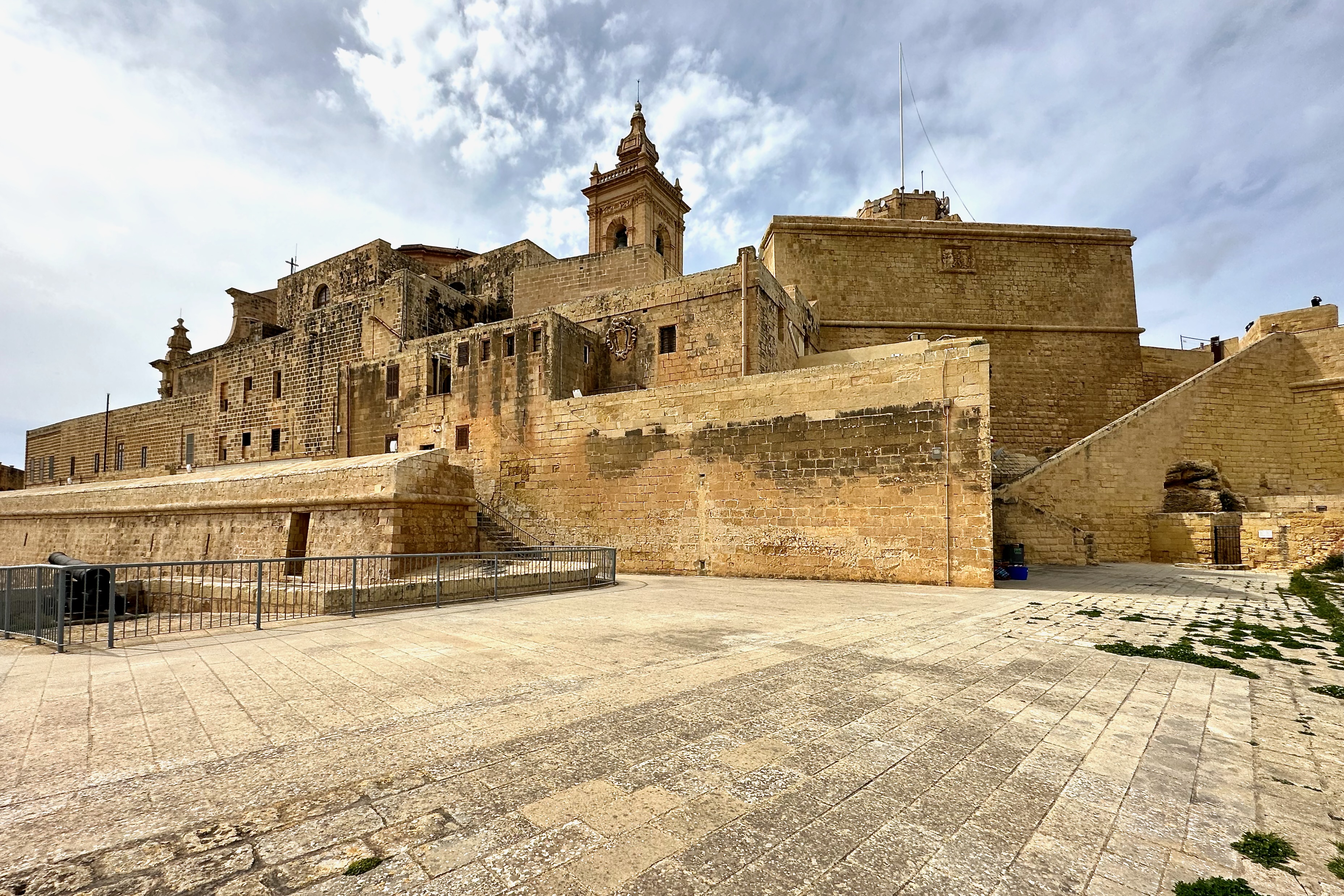
The Citadel is a UNESCO World Heritage Site and boasts some interesting Medieval and Maltese Baroque architectural features. The Folklore Museum and Casa Bondi are good examples of the former. The prisons, law courts (Palace of the Governors) and the old Bishops Palace are good examples of the latter. The Baroque Cathedral stands at the top of a wide staircase in the main piazza. There is no dome on this building, but inside a trompe l’oeil painting depicts the false interior of a dome.
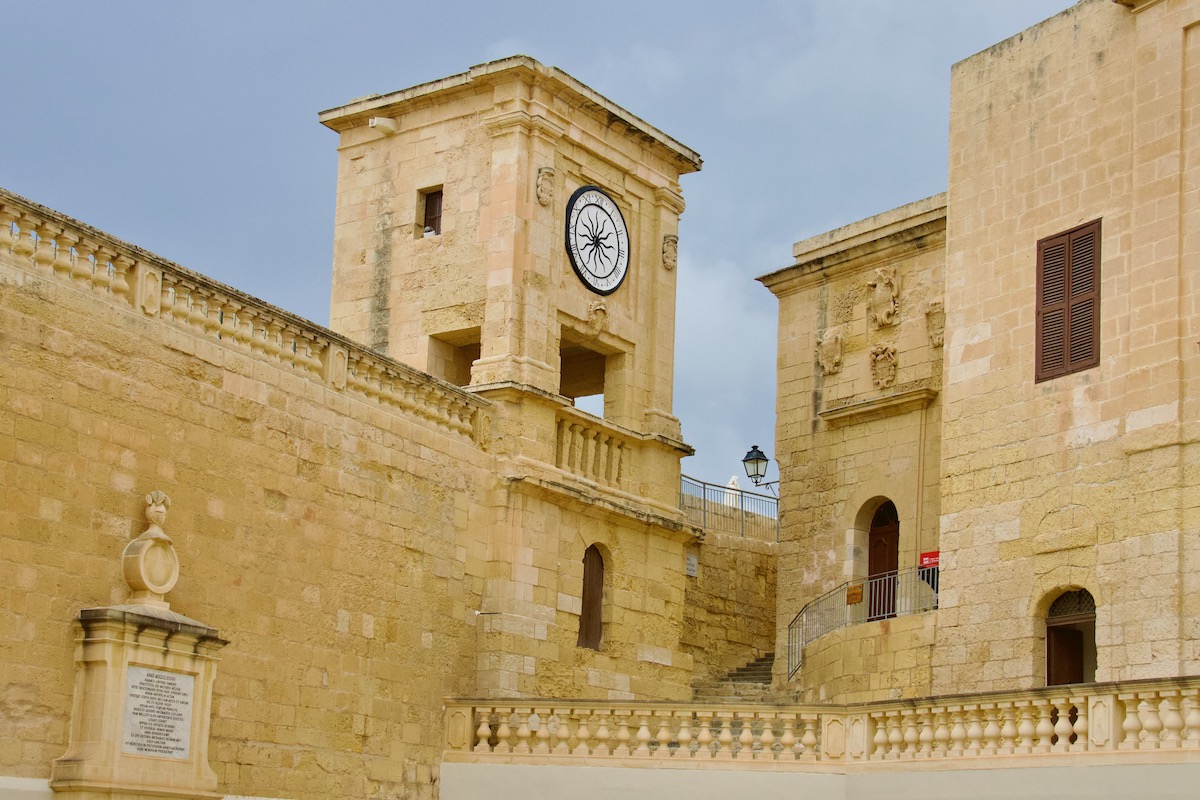
Dwejra a Location on Gozo in Malta
Dwejra is renowned for its inland sea, a small bay encircled by cliffs and accessed by boat through a cave. It is named after a small house that once graced a cliff above the inland sea. Despite the collapse of the famous Azure Window, a natural arch extending from the cliffs, this area is still very popular due to its unique features.
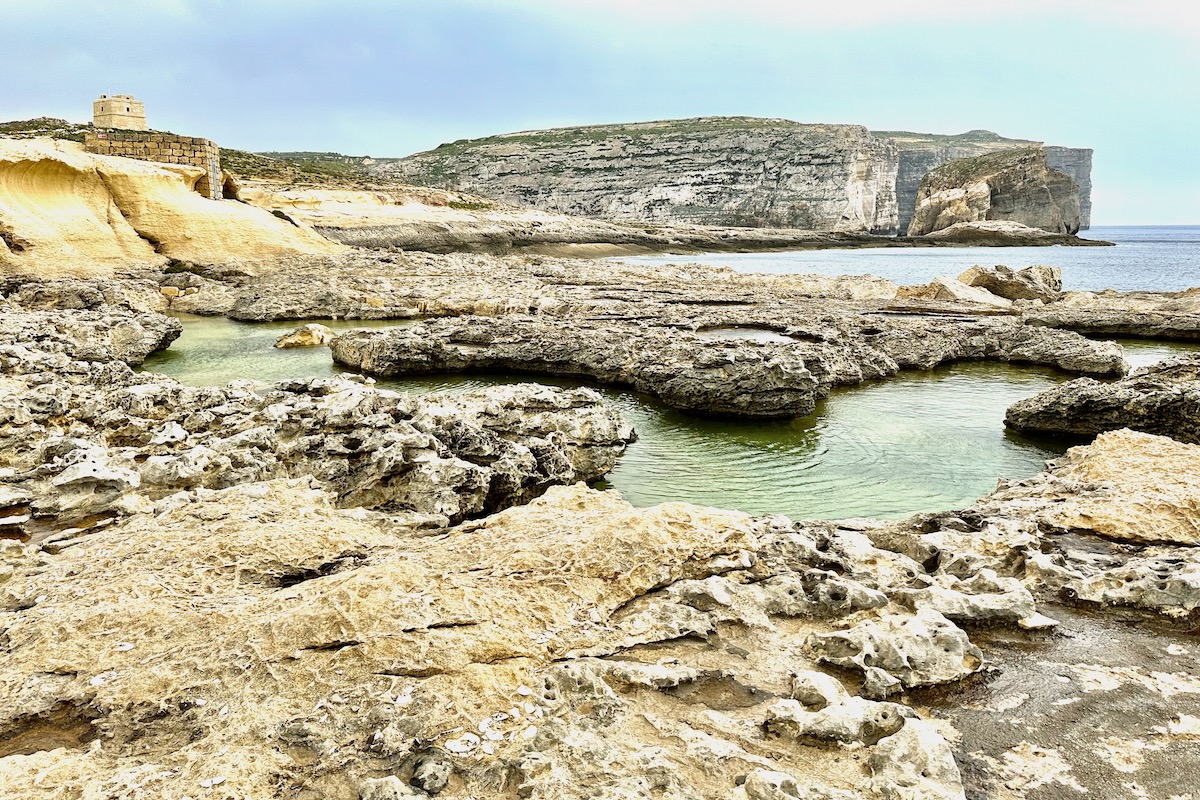
The simple Chapel of St Anne was built in 1963 and hosts special festivities every July in honour of its patron saint.
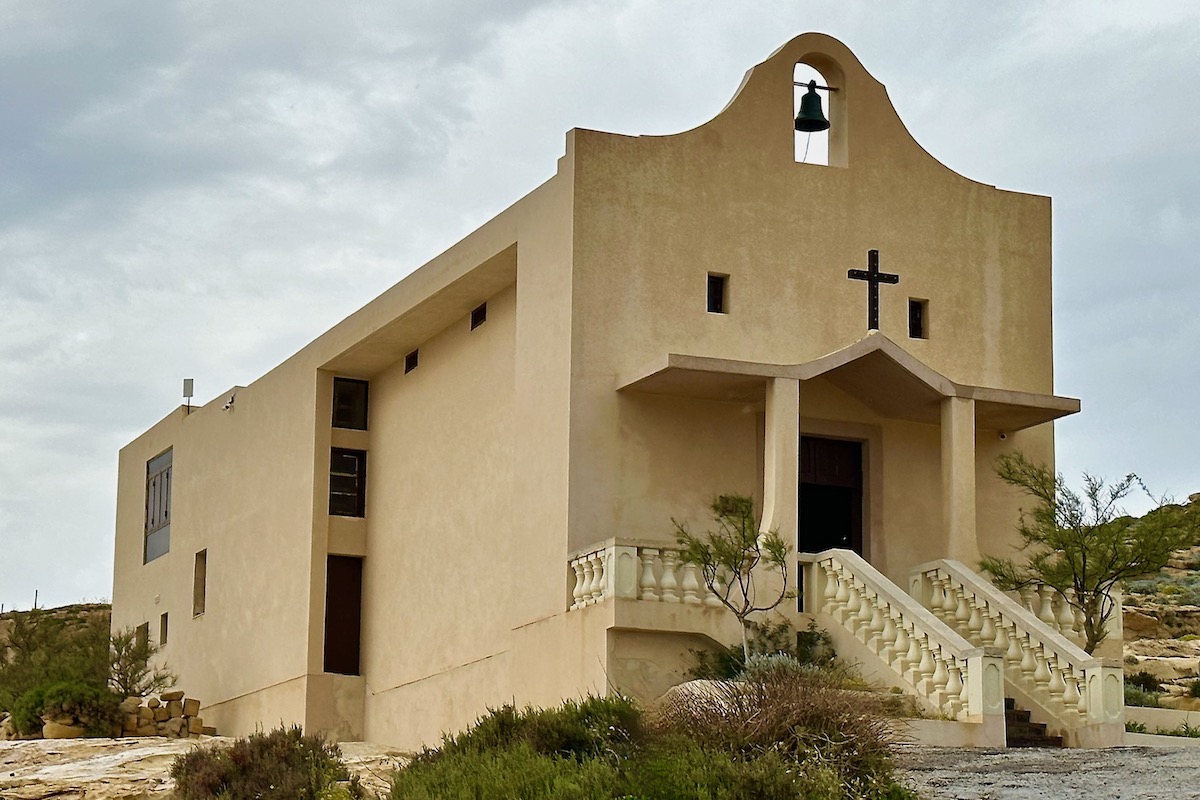
Visitors are welcome to enter Dwejra’s watchtower when its flag is raised. The tower was built in 1652 by Grand Master Lascaris, a Knight of Malta. It was one of a chain of watchtowers around the Maltese islands that were built to defend them against attacks from the sea. Each tower was built within sight of at least two other towers and used fire signals as a warning of danger.
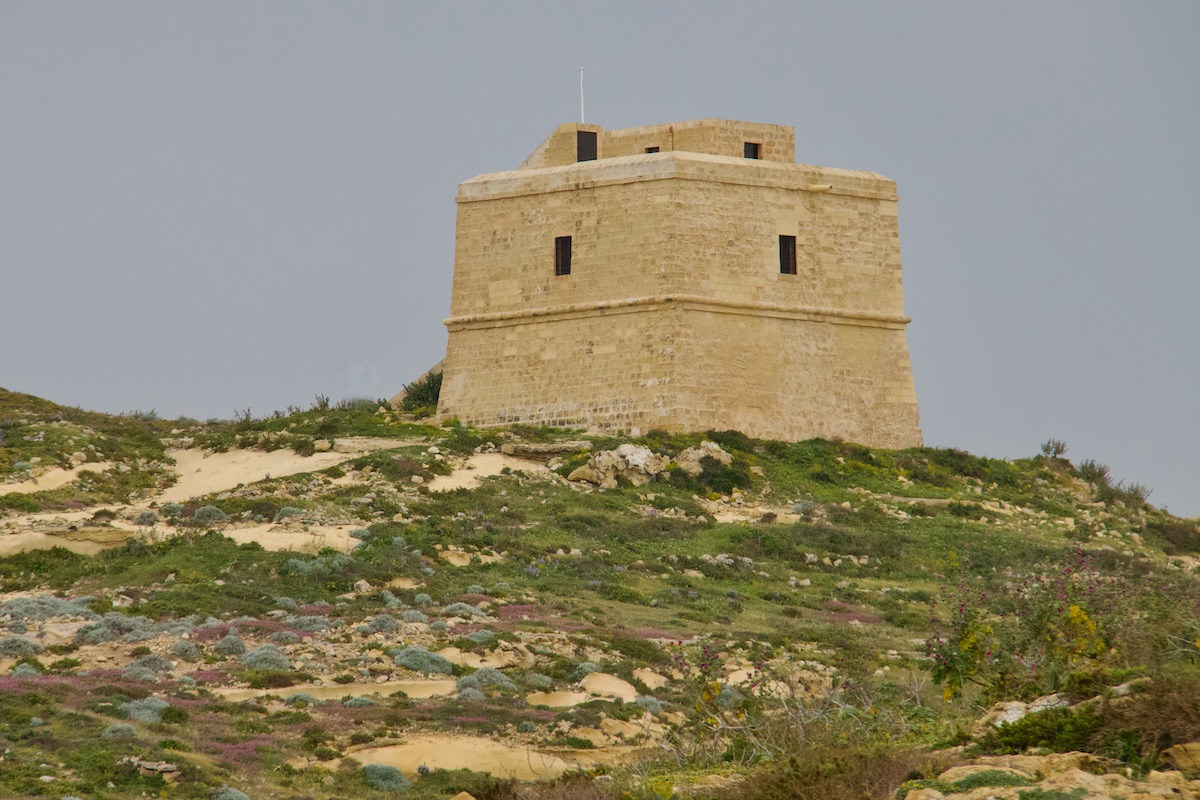
After leaving Dwejra it was back to Mġarr Harbour to catch the fast ferry to Valletta – after saying farewell to my tuk tuk chaffeur and thanking him for sharing his local knowledge that had enhanced my day on Gozo.
Available on GPSmyCity.com
This article is now featured on GPSmyCity. To download this article for offline reading or travel directions to the attractions highlighted in this article, go to Walking Tours in Victoria on GPSmyCity
Valery Collins is the Experienced Traveller
 An excellent raconteur, Valery has been writing about her experiences on the road since she started travelling 25 years ago. After publishing four books she turned to online travel writing.
An excellent raconteur, Valery has been writing about her experiences on the road since she started travelling 25 years ago. After publishing four books she turned to online travel writing.